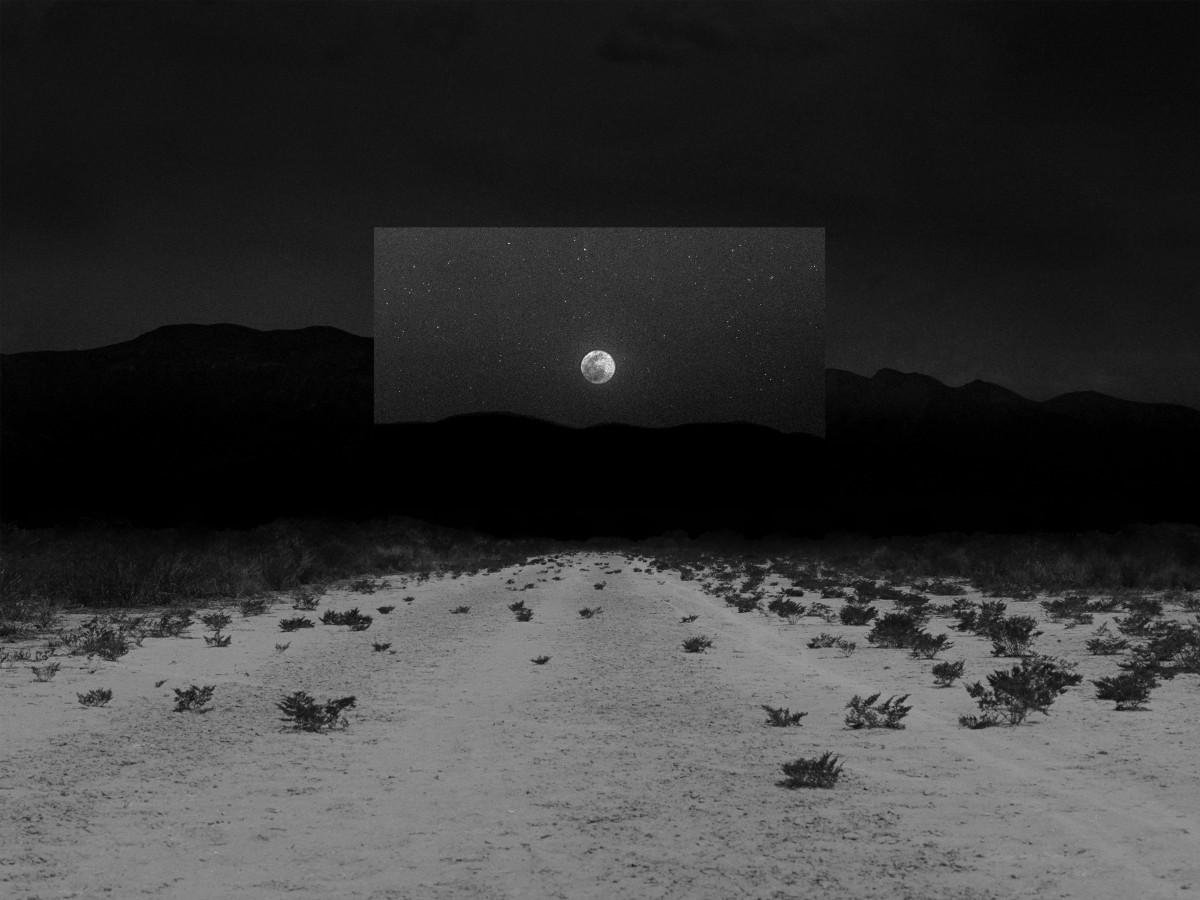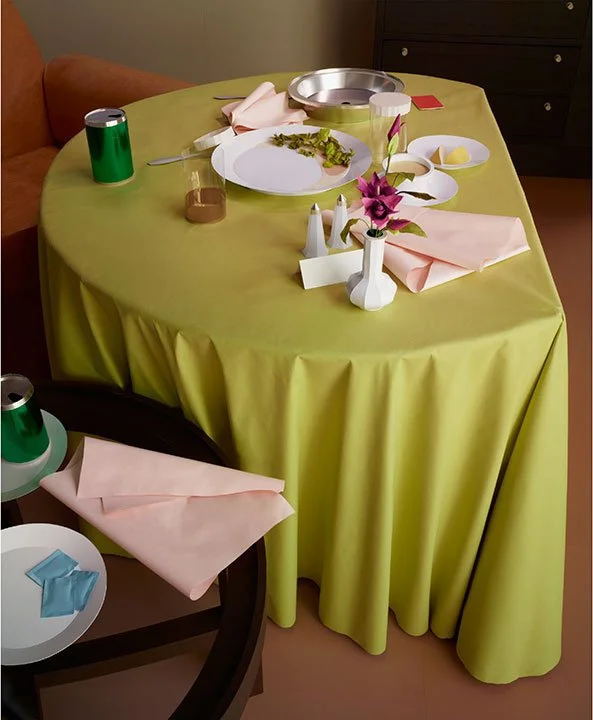RENCONTRES D'ARLES 2022
Visible Or Invisible
Every summer since 1970, the Rencontres d'Arles shakes up the way we look at things from one continent to another. They remind us of our absolute need to exist.
Here are my highlights from the exhibitions this year.
Displaying work by photographers such as Susan Meiselas, Tom Wood, Seif Kousmate, and Mitch Epstein, this year’s exhibitions create a space in which to reflect on our shared history and allowing us a broader perspective on the current moment.
MITCH EPSTEIN IN INDIA, 1978-1989
Mitch Epstein has photographed the landscape, culture, and psyche of America for half a century. His awards include the Prix Pictet, the Berlin Prize, and a Guggenheim Fellowship. He was recently inducted into the National Academy of Design. Numerous collections hold his work, including the Museum of Modern Art and Tate Modern
Between 1978 and 1989, Mitch Epstein made eight trips to India and shot thousands of photographs. The result is an extensive body of work that shows Epstein’s unusual dual vantage in an extraordinarily complicated culture: Through his Indian family life and work, he was both an insider and outsider. These photographs, many of which are exhibited here for the first time, show a wide swath of subcultures which Epstein was able to enter, showing a deep and extended experience of India, where separate worlds converged. The Abbaye de Montmajour installation features remastered prints from this body of work and is presented alongside two of the films Epstein collaborated on in India, with his then Indian wife, director Mira Nair: India Cabaret (1985) and Salaam Bombay! (1988). These works recall a time that feels both distant and immediate, complicated with politically fraught codes of caste, class, and religion, but simpler without the intrusion of digital technology.
Shravanabelagola, Karnataka, India, 1981.
Courtesy Black River Productions, Ltd. / Galerie Thomas Zander / Mitch Epstein.
SUSAN MEISELAS AND MARTA GENTILUCCI
Cartographies du corps traces a map of the skin and the gestures of aging women that speak about engaged lives, still filled with energy, full of beauty – a beauty that comes from the layering of their experience. Susan Meiselas & Marta Gentilucci partnered to capture in images and sound the vital force that inhabits these bodies, the intensity of their past lives and the enduring hope of the life that remains to be lived, against the representation of old age as the absence of opportunity, or even illness, loneliness, and deprivation. Within the chapel of Saint-Blaise, the installation creates a sense of closeness and intimacy, to present a choral image which draws on and shares the collaboration with each woman.
BABETTE MANGOLTE
In the 1970s, experimental filmmaker/photographer Babette Mangolte moved to New York, where she documented the city’s performing arts scene. During this period, she developed a photographic and cinematic language based on the subjectivity of the camera, the viewer’s key role and the human body’s relationship to space. In the 1980s, she actively and rigorously pursued this research and participated in defining and building a performing arts archive to set it into a specific time and context.
Babette Mangolte.
Lucinda Childs dancing her solo “Katema” in her loft on Broadway, 1978.
Courtesy Babette Mangolte.
JULIEN LOMBARDI
Julien Lombardi, who has a master’s degree in ethnology, is freely inspired by his training to lead visual investigations based on long-term immersions in countries, notably Armenia, Mexico, and Egypt, before pursuing his formal research in the studio.
Wirikuta, a desert valley enclave in central Mexico, is the land of founding myths and numerous deities for the Huichol Indians. Each year, they make a pilgrimage to honor the birth of the sun and fire. This coveted territory rich in natural and cultural resources has captured the imagination since the Spanish conquest and inspired many tales. Julien Lombardi combines photographs, videos and installations to immerse us in the transformations and sensitivities that have shaped this sacred land. His work diverts the visual codes of ethnology, archeology and biology to test their limits
After the ceremony, The land where the sun was born series, Mexico, 2017-2021.
SEIF KOUSMATE
Seif Kousmate (b. 1988, Essaouira), based in Morocco. Co-founder of KOZ collective.
Seif is a self-taught photographer who has developed a visual vocabulary that stands between documentary photography and the poetry of fine art photography.
After a career as a Project Manager in the civil engineering sector, he dedicated himself professionally to photography in 2016. Since then, he has been working on different visual projects in Africa including migration and youth
Detail of Zayna’s hands, Akka, Morocco, February 2021, from the series Waha (Oasis)
SATHISH KUMAR
Sathish Kumar was brought up in the small town of Kanchipuram in South India. He has been taking photographs since the age of sixteen, when his uncle gifted him a point and shoot film camera. From that time, he has carried his camera everywhere, from school picnics to playgrounds to faraway mountains, photographing and recording his family, his friends, and his everyday existence.
Town Boy is a collection of ordinary moments plucked from the flow of time, sensitive to the rhythm of everyday life in South India. From my teens to this day, I have been recording the essence of every new experience – roaming around the neighborhood, meeting old friends and making new ones. At some point, like many others, I had to leave my hometown to move to a large city in search of new opportunities. As my life in a large city got suffocating, I began to seek relief by going back to photograph my home town or by going on treks, to take a deep breath. Recording this movement of life – connecting back with nature and my roots – has been a way to reconcile with the sudden shift of environment in my life. I believe this world is a series of chain reactions and every piece of life affects another, like the butterfly effect. Town Boy is about boyhood – an observation of the gradual transformation of my life from a small town to a cosmopolitan city.









